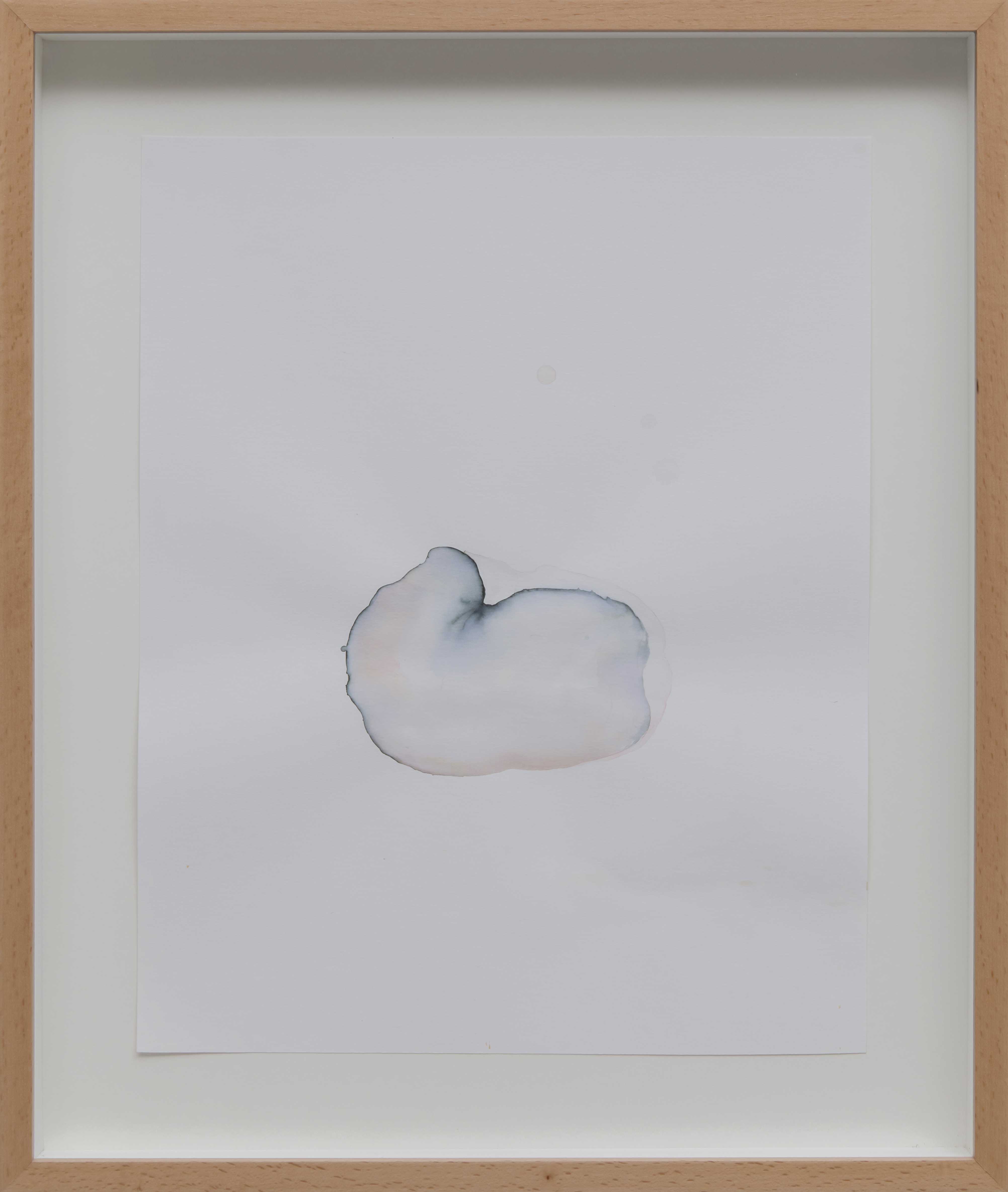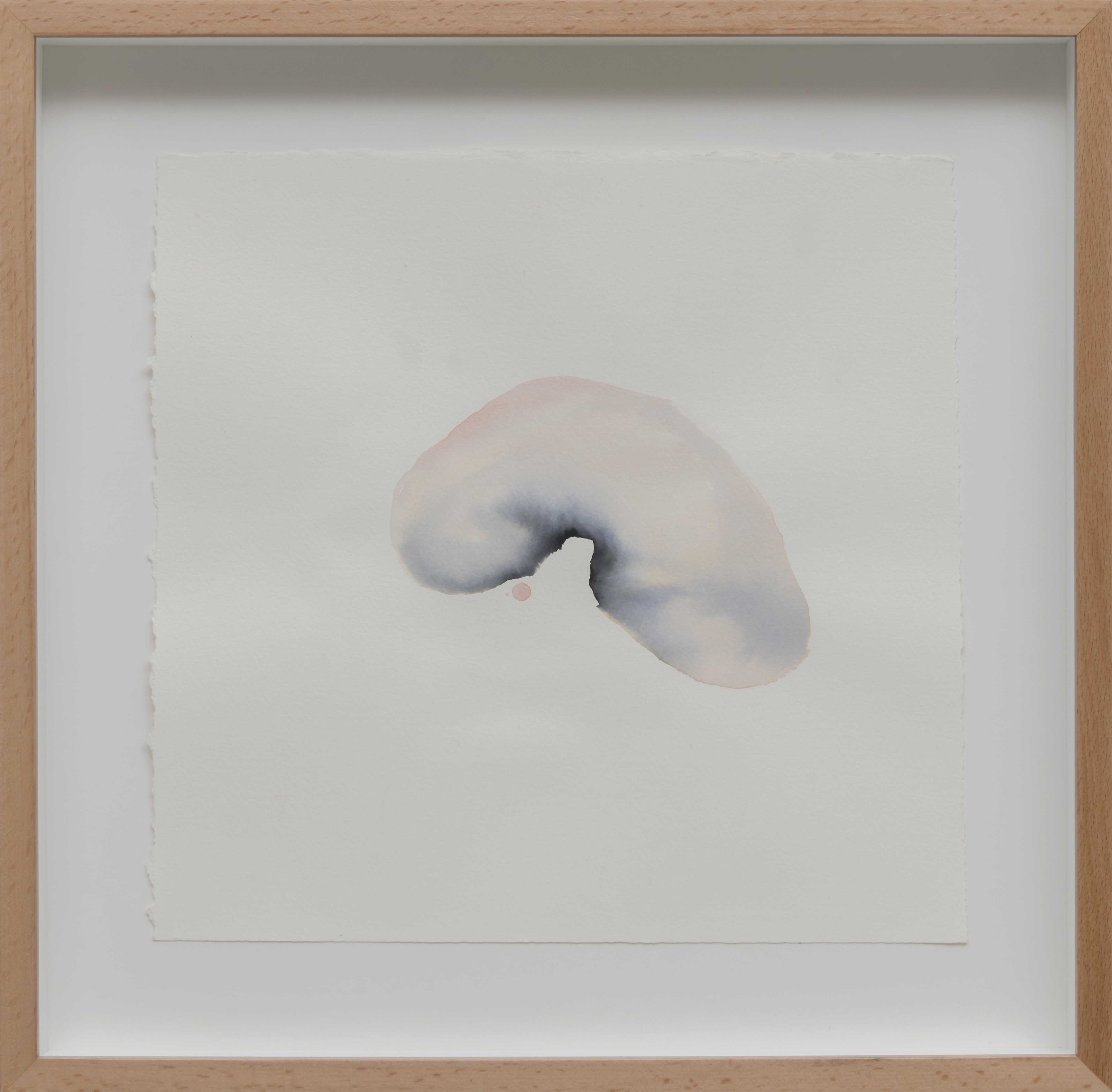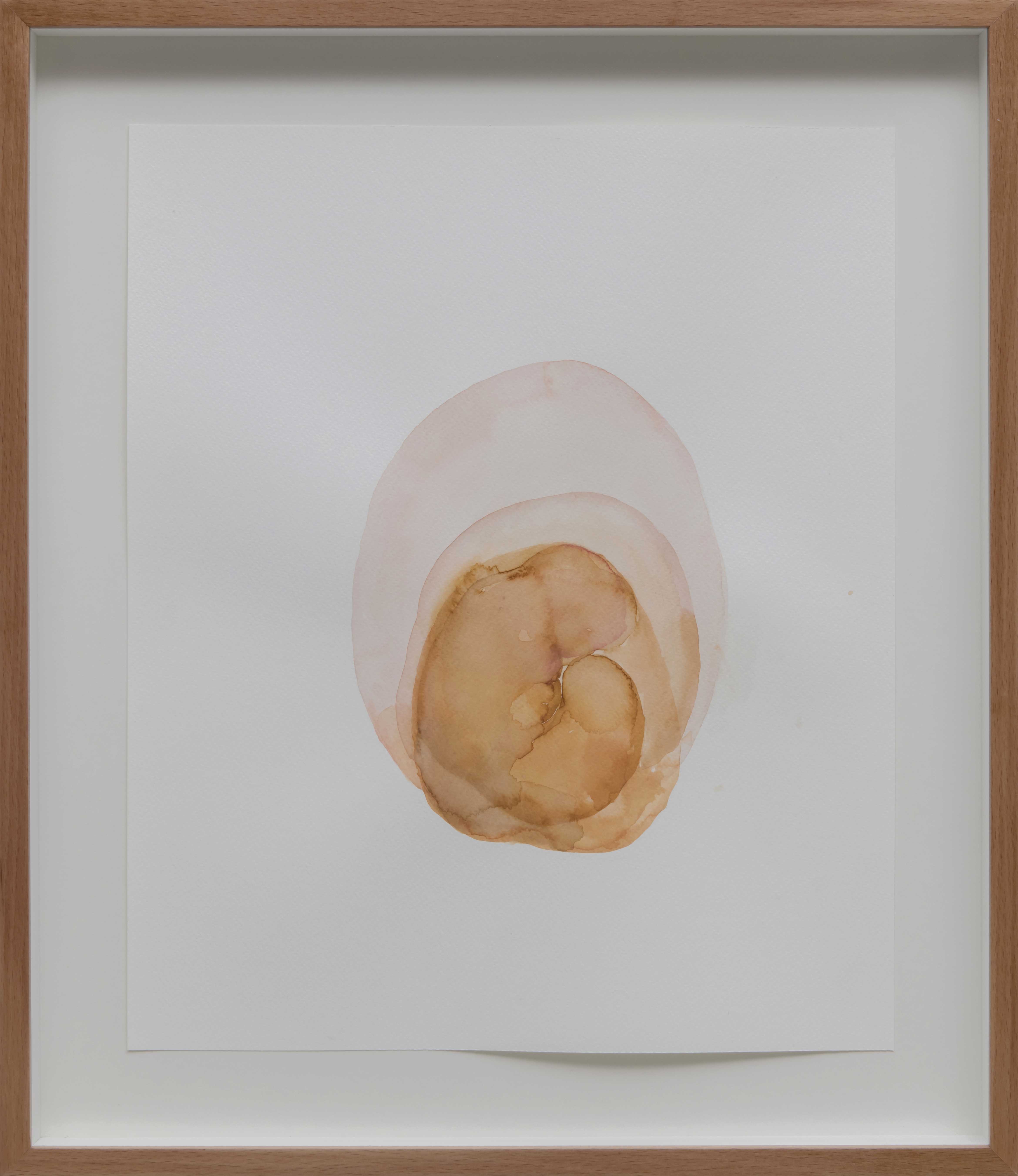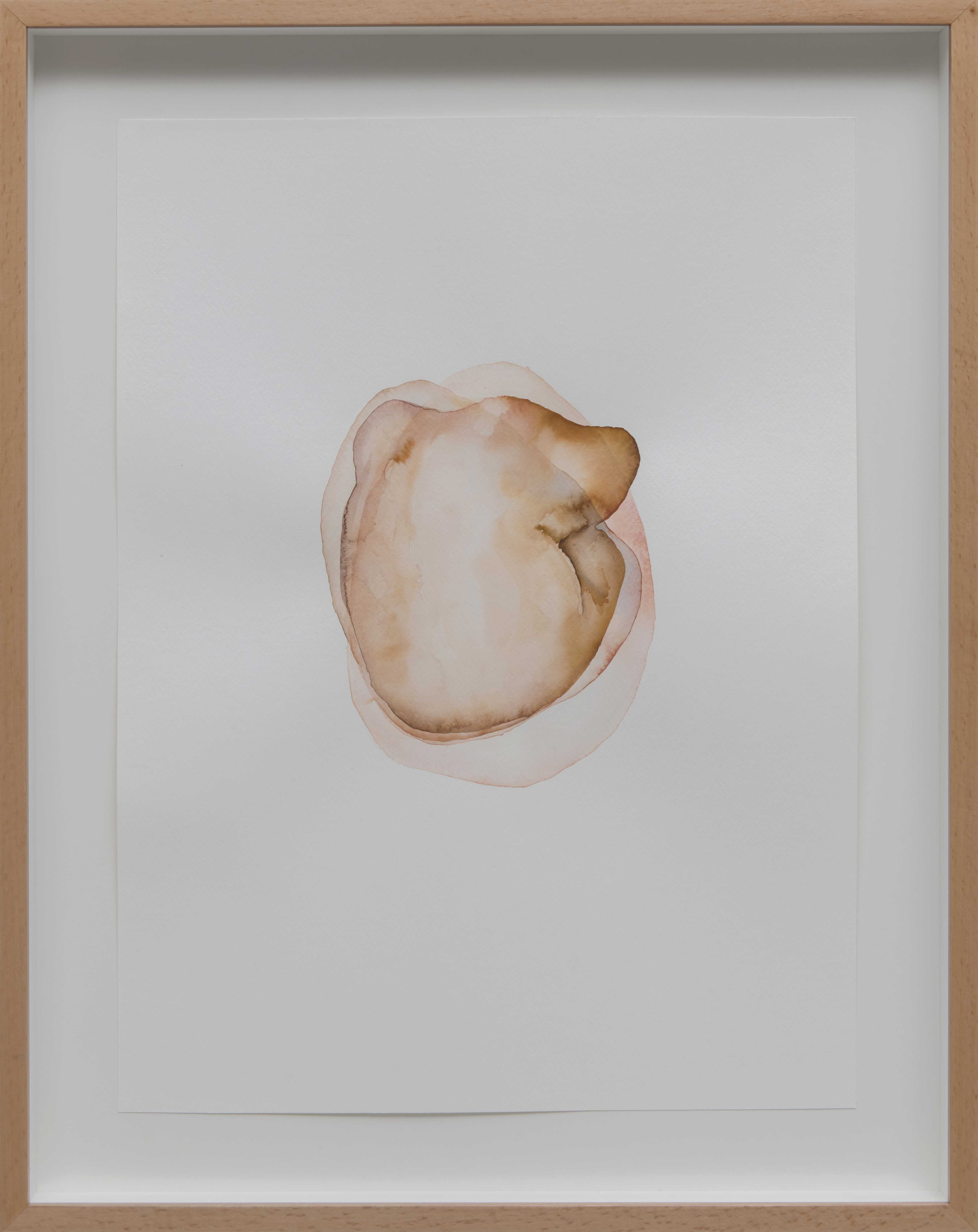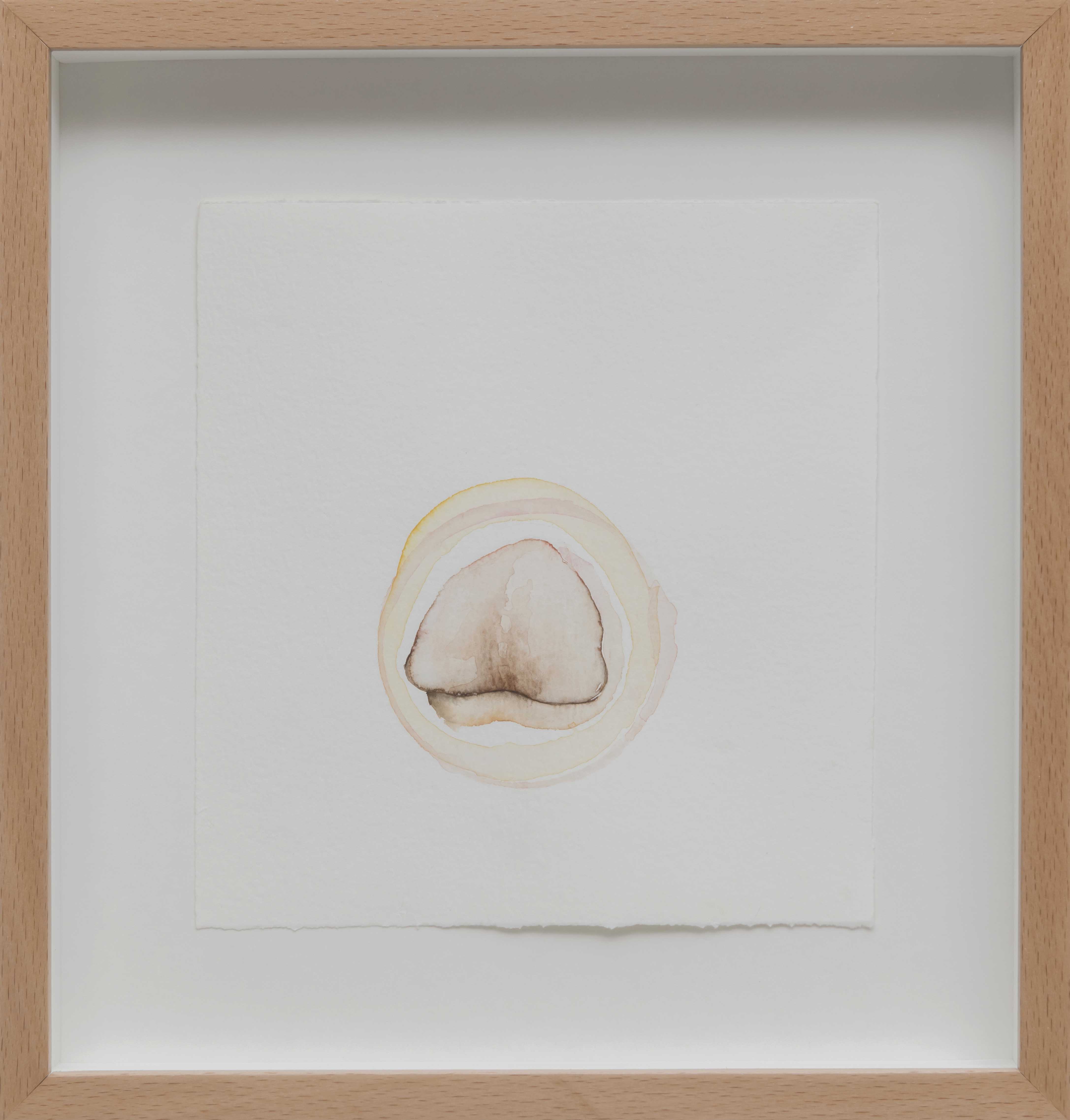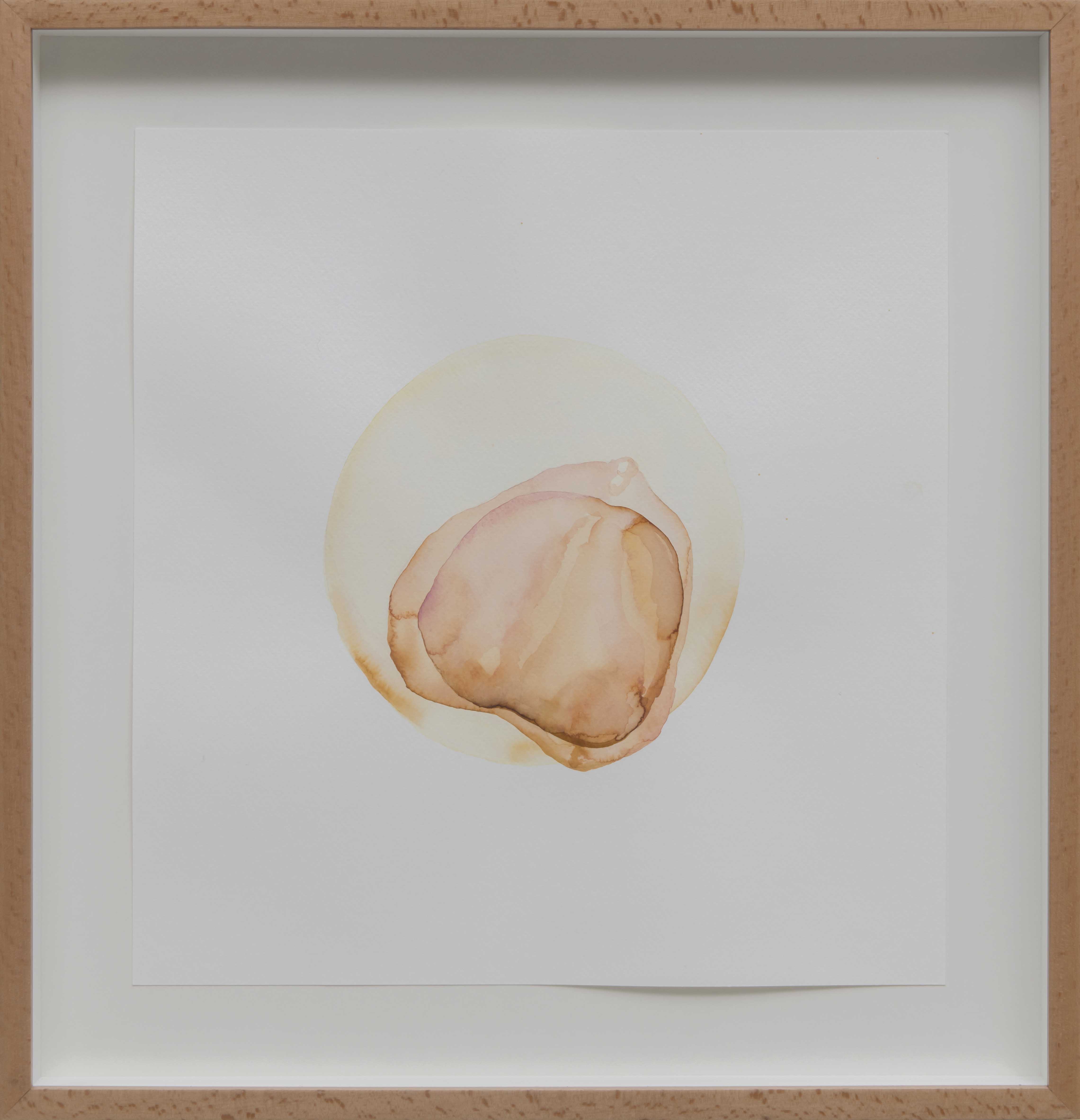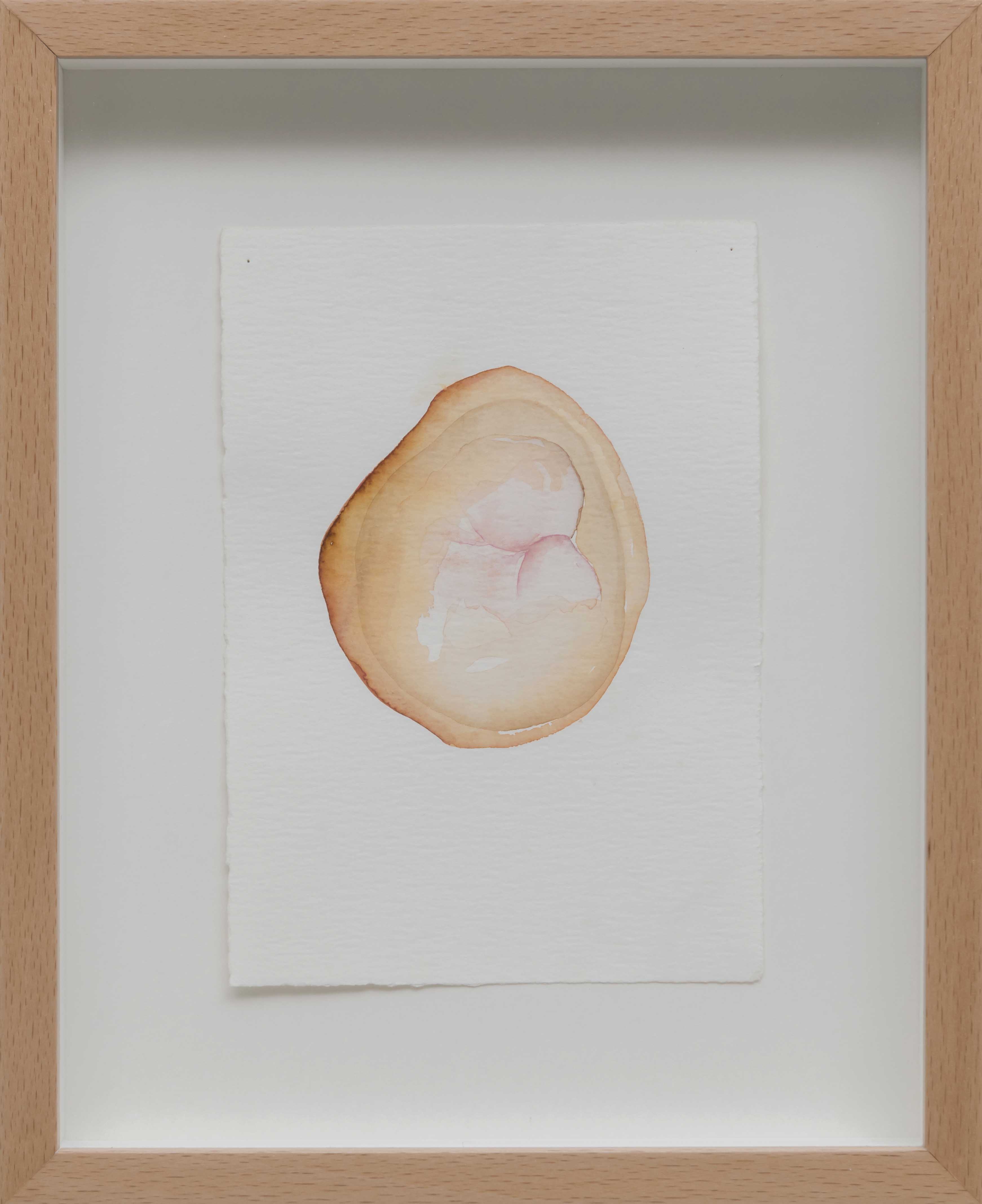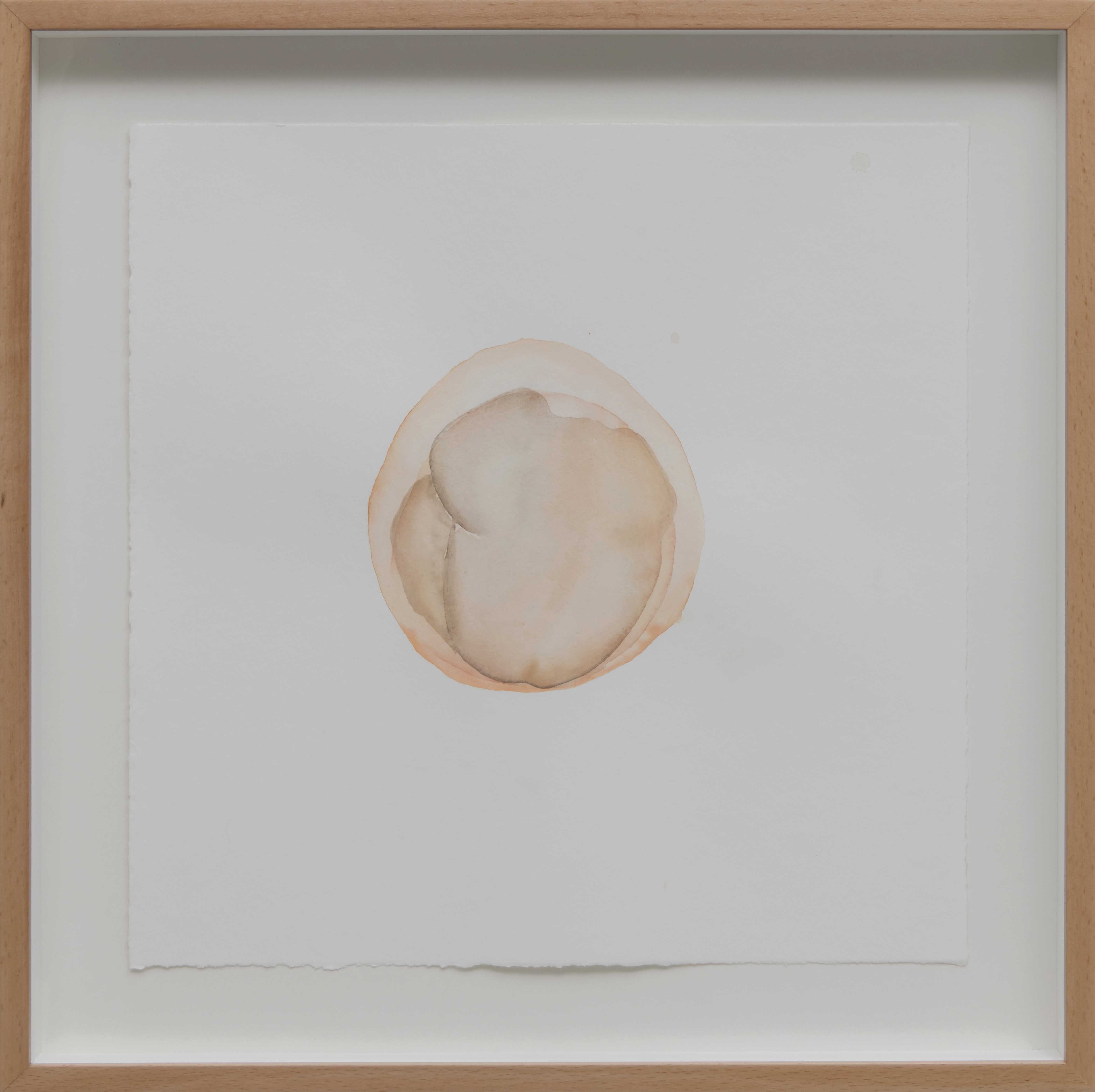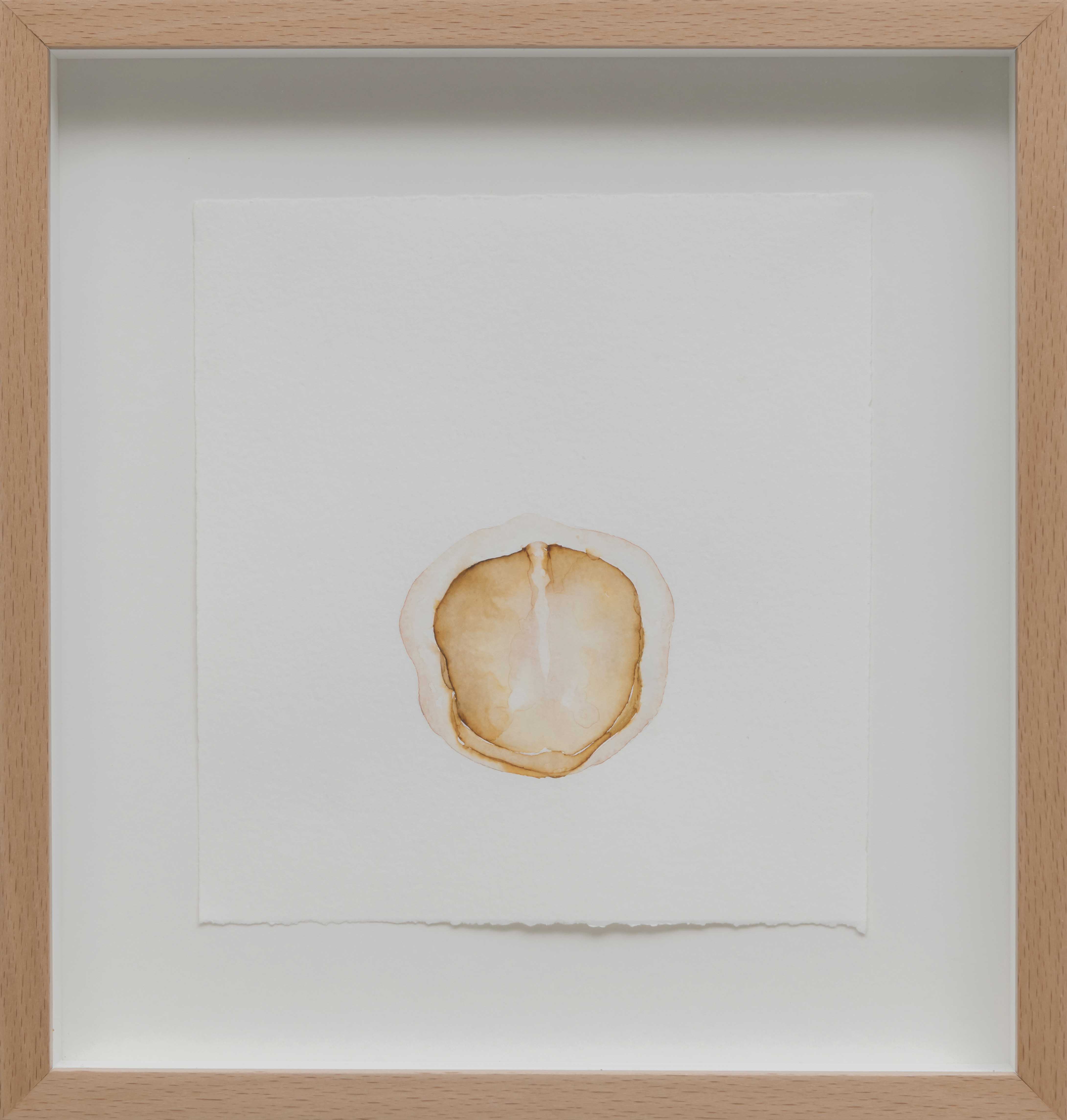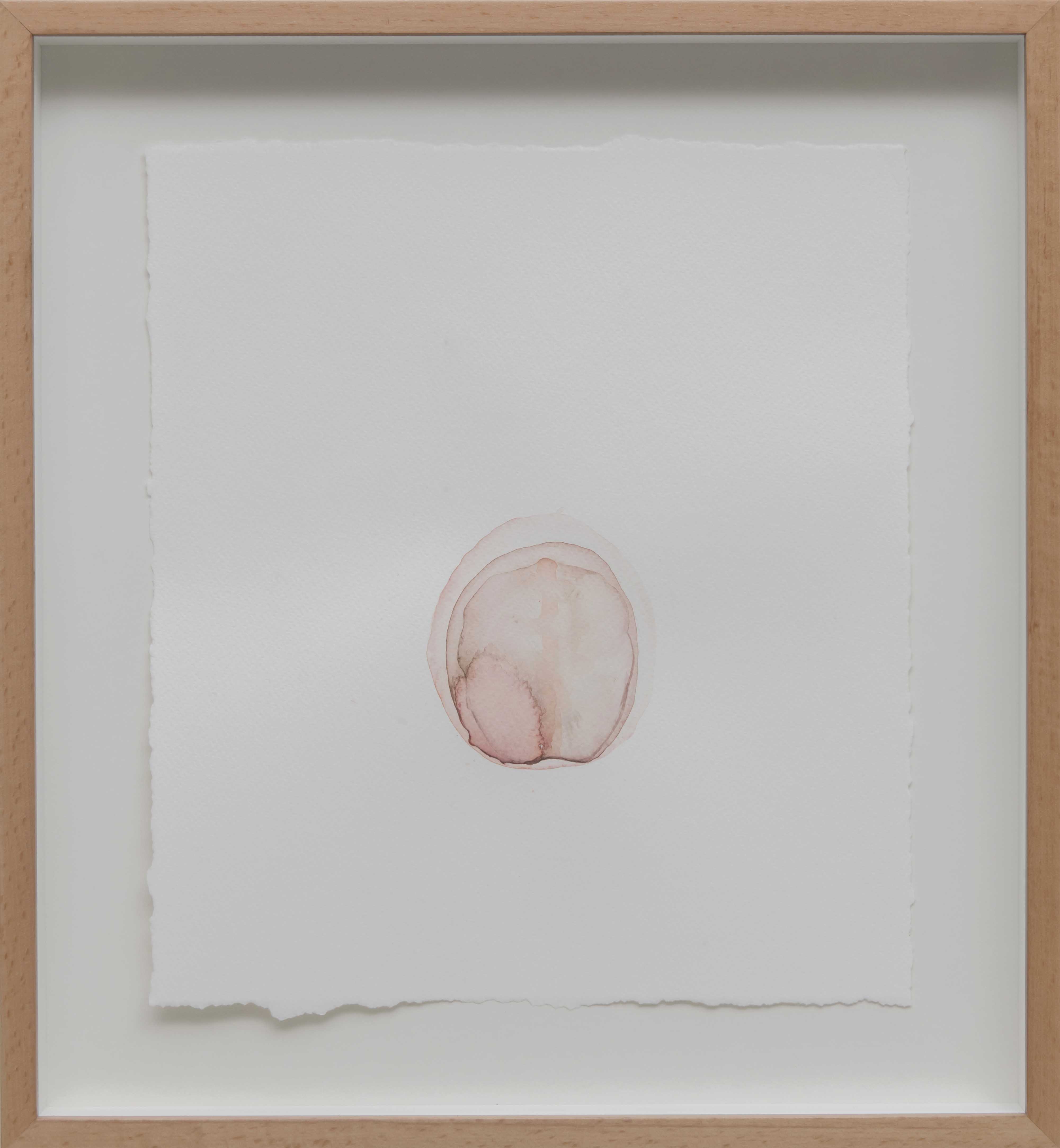Press Release - So flows the tide of things
01/03/2025 - 04/05/2025
Yaşam Şaşmazer
So flows the tide of things
01 March–04 May 2025
Catalogue launch & Exhibition tour
Yasam Şaşmazer & Övül Ö. Durmuşoğlu
Zilberman | Berlin
Schlüterstr. 45, 10707 Berlin, 1st floor
The tour will be held in English.
Zilberman | Berlin is delighted to announce the solo exhibition So flows the tide of things by Yaşam Şaşmazer.
How can dissolving boundaries – between the self and the other, the human and the non-human, the interior and the exterior – change our understanding of coexistence and vulnerability?
In So flows the tide of things, the sculptor Yaşam Şaşmazer investigates various notions of what it means to be human that shed anthropocentric thinking habits, focusing on processes of transformation, openness, and becoming. In her exhibition either/or (Zilberman | Istanbul, 2021), Şaşmazer had already begun to peel away from her sculptures the shell of human form. Now, they have become yet more fluid towards the Other; increasingly distancing themselves from the shape of the human body, opening to ambiguity and the potentialities of the open-ended.
Şaşmazer’s sculptures are remarkable for a formal language characterized by fragmentation and fluid transitions: deformed backs, which fold like fabric; kneeling lower bodies that open towards the sky; circularly shaped torsos, without head or arms, lying on pedestals; forms evoking a shell or integument, which, supine, bares its vulnerable interior. These abstract, biomorphic shapes elude the unambiguous certainty of traditional figurative sculpture, while at the same time their sinuous contours evoke protection, vulnerability, and submission. Fragility and vulnerability are often perceived as a weakness, but they are in fact an important aspect of life – dynamic states, which open up a space for growth, bonding, and re-invention. They point up our mutual dependency and remind us that even the most stable structures rely on fragile systems. Yaşam Şaşmazer sees bodies not as closed entities, but as porous vessels, which render symbiosis and transformation tangible – an idea closely tied to the post-humanistic discourse. The body, long viewed as a border between the self and its environment, begins to soften at its edges, lose its singularity; it grows plural. Tears in the fabric become openings; in-between spaces arise, which take in other forms of life and enter into novel forms of relationship. In this way, metamorphosis becomes a process of convergence. “Undergoing metamorphosis means being able to say ‘I’ in the body of the Other,” writes philosopher Emanuele Coccia, whose thinking constitutes a central reference point for Şaşmazer’s investigations in this exhibition.
While in earlier exhibitions Şaşmazer often worked with paper, in So flows the tide of things she principally uses clay – both fired and unfired – alongside other casting materials. Negotiating between these two states, Şaşmazer tests the tension between durability and transience. Ultimately a form of earth, clay reminds us that Şaşmazer’s sculptures form part of a cyclical process; appearing in the exhibition not only as shaped material, but also as a site-specific element in the space.
The artist’s watercolors, of which she includes five works in this exhibition, likewise point to a cyclical process: the circular, core-like forms suggest beginnings or endings and generate with their lightness and fluidity a strongly contrasting atmosphere. The watercolors – like the sculptures – are rendered in warm, organic tones and allude to the role of the earth in Sasmazer’s artistic practice.
For the installation Tides of things I-IV, Yaşam Şaşmazer has reconstructed parts of her studio and transformed them into an archive that unfolds across two rooms. On four industrial shelves, sculptures enter into a dialogue with natural materials such as moss, stone, and tree branches, as well as with failed castings, casting molds, and unfinished objects. In presenting her materials and sculptures next to one another, Şaşmazer blurs the boundaries between raw material and artwork and challenges traditional values. The glass surfaces integrated into the shelves make unusual insights possible; they invite us to discover what is usually hidden and establish connections between the various elements. With Tides of things I-IV Şaşmazer questions systems that are founded on hierarchies and exclusions. She suggests a horizontal, pluralistic approach and treats artistic production as a dynamic cycle.
The exhibition’s title, So flows the tide of things, is taken from the Roman poet Lucretius’s didactic poem De rerum natura. In his poetical sketch of a worldview informed by natural philosophy, Lucretius, in Şaşmazer’s words, describes nature not as a collection of solid bodies, but rather as a fabric woven of currents, folds, and transitions. Everything consists of minute, indivisible particles, which constantly re-arrange themselves into new constellations and dissolve, then bind into new forms again. Şaşmazer picks up on these thoughts in the works of the exhibition, which move away from a rigid corporality toward processes and beings that lie open, bond, and transform themselves again and again.
Text by Lusin Reinsch
Translated from the German by Darrell Wilkins
Yaşam Şaşmazer (b. 1980) lives and works in Istanbul. She completed her undergraduate and graduate studies at the Mimar Sinan Fine Arts University, Department of Sculpture. Her solo exhibitions include: So flows the tide of things (Zilberman | Berlin, 2025), either / or (Zilberman | Istanbul, 2021), Metanoia (Havremagasinet, Boden, 2017; Torrance Art Museum, California, 2016), Dark Matter (Kunstverein Ingolstadt, 2017). Her works have also been exhibited in the following group exhibitions (among others): Distilled From Scattered Blue, (Galerist, Istanbul, 2024), Suppose You Are Not (Arter, Istanbul, 2024), Cappadox 2024 (Nevşehir, 2024), Everything will be just like now – just a little different (Künstlerhaus Palais Thurn & Taxis, Bregenz, 2023), In Its Own Shadow (Arter, Istanbul, 2023), Landscapes Florenz & Istanbul (Museum Schloss Moyland, Bedburg-Hau, 2023), Locus Solus (Arter, Istanbul, 2022), Reset.Krise/Chance (Kunstmuseum Ahlen, Ahlen, 2021), At the End of the Day (Odunpazarı Modern Museum, Eskişehir, 2020), Unbreakable: Women in Glass (Fondazione Berengo Art Space, Venice, 2020), Cappadox 2017 (Nevşehir, 2017), and Confessions of Dangerous Minds (Saatchi Gallery, London, 2011).
Artist Pages
- Yaşam Şaşmazer









